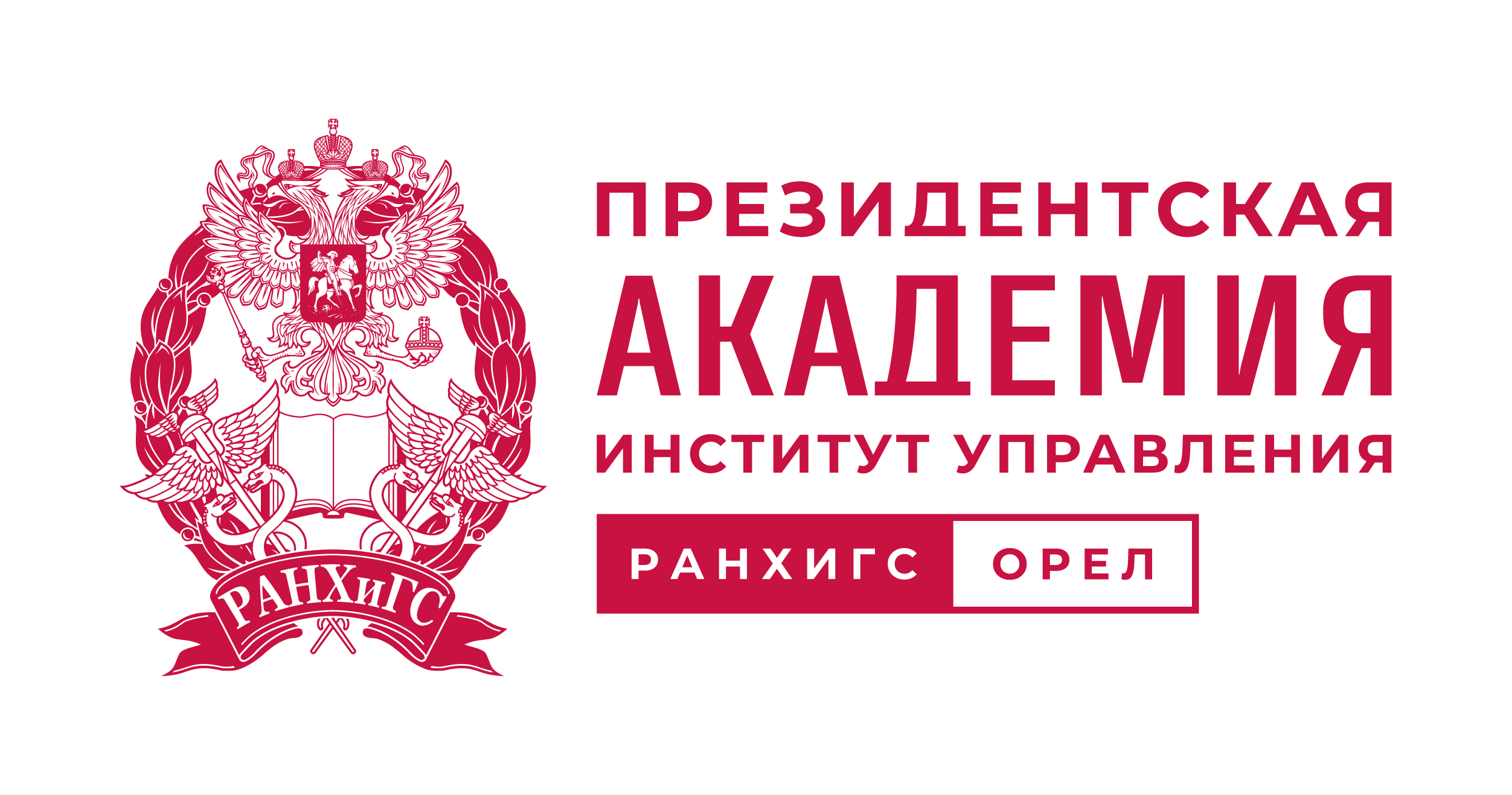Publication of articles in the journal “Central Russian Journal of Social Sciences” is carried out free of charge on the basis of the results of the review and positive decision about the possibility of publication taking into account the content of «portfolio» of articles. When submitting a manuscript to the journal, the authors confirm that:
- the work was not published in another journal;
- is not under review in another journal;
- all the authors approved the text of the manuscript and agree with its publication in the journal “Central Russian Journal of Social Sciences”.
The identified violations may cause the manuscript to be removed from review. In case the violation is detected after publication of the article, the editor reserves the right to withdraw (retraction) of the publication. The editorial office does not assume any obligations regarding the publication dates of manuscripts received. On average, 42 days elapse between the receipt of a manuscript in the editorial office and the first decision.
The article should:
- be original – present new in the subject area, methods or results obtained;
- be methodologically sound – conclusions should be presented in a credible and objective manner;
- the presentation should be clearly structured, the reasoning logically presented;
- have theoretical and/or practical relevance;
- have novelty and relevance of the links;
- be based on an international approach;
- match the subject area and focus of the magazine;
- the content of the article should be reflected in the title, key words and annotations.
Originality and plagiarism
The editorial board of the journal “Central Russian Journal of Social Sciences” adheres to the principle of zero tolerance for plagiarism. This means that the work must be original and all references to cited sources must be presented correctly. The text does not allow for improper borrowing.
Requirements for manuscript formatting
Font family – Cambria, font size – 12, line spacing – 1.0. You cannot use a tab or a series of spaces to indent the paragraph. The article is provided in .doc, .docx, .rtf. The manuscript should be sent to the editorial office e-mail address: vestniksrvon@mail.ru. The title of the article, information about the author(s), annotation, keywords, signatures to the drawings and tables are provided in Russian and English.
The author responsible for the correspondence sends to the editorial office:
- application, including the title of the article, annotation, keywords, information about the authors – in Russian and English;
- electronic version of the manuscript (in *.doc, or *.docx, or *.rtf), including UDC, tables, figure and their titles;
- publication and electronic database contract.
Author information includes:
- full name,
- e-mail address,
- academic degree and title (if any),
- the author’s place of work (name of the organization, its postal address),
- ORCID.
Article template (in Russian).docx(22.69 Kb)
Abstract
The annotation should be:
- informative (follow the logic of describing results);
- original;
- substantive (reflecting the main content of the article and research results);
- compact, but not short (between 200 and 250 words).
The annotation to the article is intended to perform a function of independent from the article source of information. The annotation should be clear without reference to the publication itself. The annotations structure reflecting the structure of the article (introduction, goals and objectives, methods, results, discussion, conclusions) is welcome. The Annotation is the main source of information about the article in domestic and foreign information systems and databases indexing journal.
The annotation may include:
- purpose of writing a research paper;
- methodology (how it was done);
- research area;
- results of the study;
- practical meaning (if applicable);
- social consequences (if applicable) – impact on society/politics/economy/state and municipal governance;
- originality/value (the value of this work and what is new in it).
The annotation should not include: well-known provisions, quotations, abbreviations, references, abbreviations, unnecessary introductory phrases.
Keywords
Keywords (at least 6 words or combinations of words not exceeding 100 printed characters) should: reflect the main content of the article; define the subject area of research; meet in the text of the article. When compiling the list of keywords it is recommended to test the author’s prepared variants in scientific citation systems, i.e. enter them into the appropriate search forms and view the availability of results.
References
References includes only those sources that were used in the preparation of the article. The number of references for an original scientific article is at least 15, for a review – at least 60. At least 20 % of references should be articles from journals indexed in Web of Science and (or) Scopus (at least 20%). All sources in the text should be referenced. References are placed after the text of the article and preceded by the title “References”. References must include sources published in the last 5 years (at least 30 %).
A mandatory requirement is the presence of DOI code in each reference.
